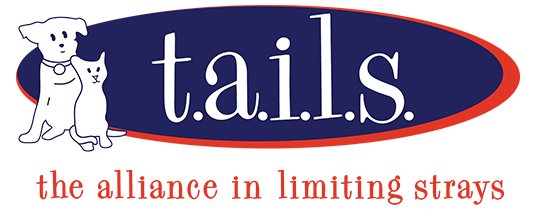TNR & Community Cat Help
Our robust TNR program provides sterilization and vaccination of community cats with the help of volunteers, caretakers, and participating veterinarians.
Contact us for guidance or assistance.
What to do if there is a feral/community cat colony in my neighborhood.
Thank you for caring about the cats in your community!
The first step is to make sure these cats are not owned or lost — you can do this by asking neighbors, posting physical flyers, and browsing and making social media posts online (consider posting to lost and found Facebook groups, local groups for your area, Nextdoor, and Ring Neighbors, or ask a friend to post to these platforms on your behalf).
Spend some time generally watching the cats, observing their behaviors and appearances. How long have you seen these cats around? How many are there? Do they have collars? Are they friendly? Do they run when you approach? Do they appear to go home at night? For more information on the differences between owned, stray, and feral cats, please click here.
For more information on community cats, click here. Please note that if any of the cats appear to have an ear tip or slanted left ear, that is the universal sign of an altered feral/community cat. This means that particular cat has already been to a vet before and has been spayed and neutered.
Once you have determined that these cats are not owned or lost, please reach out to us.
If you are willing to help us humanely trap the cats, great! We can train you on the cat-trapping process — it’s easy and not scary, trust us. It’s humane, safe and gets cats what they need —spayed/neutered and vaccinated, and (if they turn out to be friendly, or are young enough to be socialized) — homes. We will provide traps, training, and get the cats to one of our veterinarians.
Adult cats who are feral in nature will be returned back to their colony after neutering.

